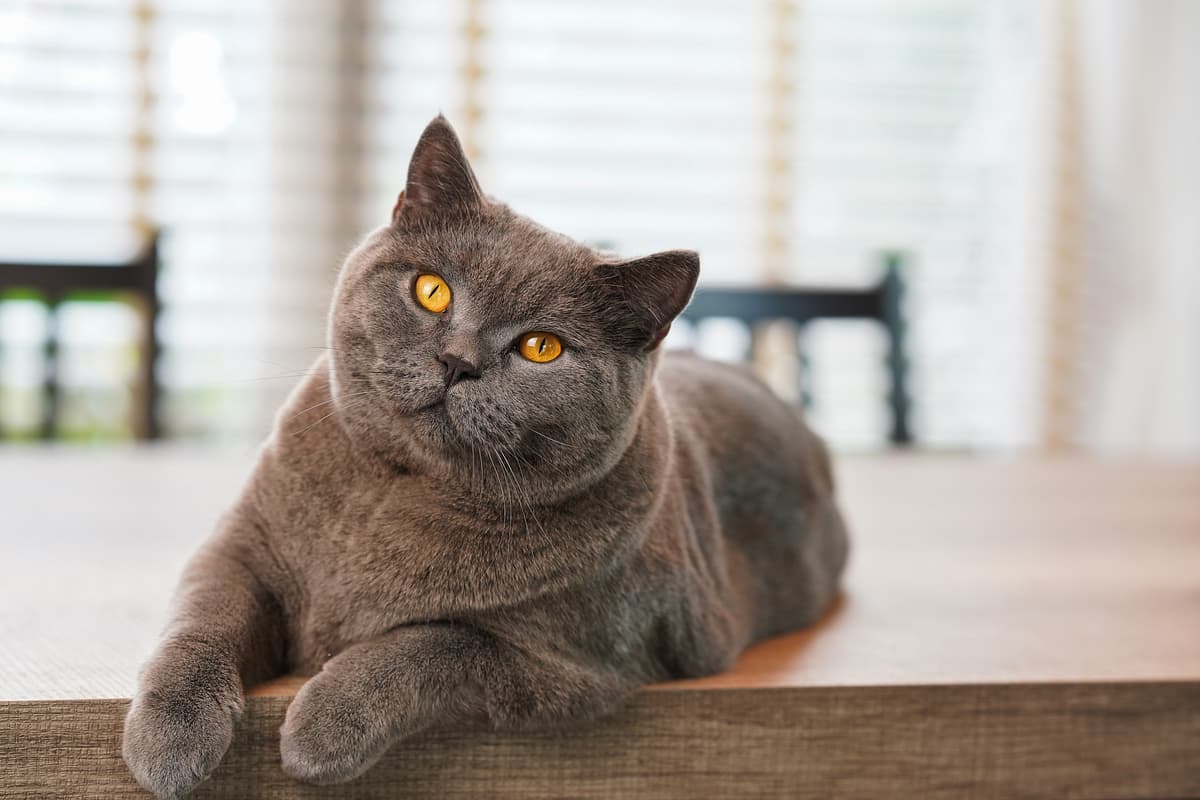Bombay vs British Shorthair
Discover the differences between Bombay and British Shorthair to make the best choice for your situation.
Try different breeds

Bombay
Sleek and affectionate, this breed charms with a striking black coat and playful nature. Loves human company and adapts well to both families and singles.

British Shorthair
Round-faced, plush-coated, and calm, this breed charms with its affectionate yet independent nature. Adaptable and gentle, it thrives as a loving companion in any home.
Quick comparison
Medium
3.5–5.5 kg
Shorthaired, satin-like
12–16 years
2.5–4.5 kg
Moderately active
Large
5–9 kg
Shorthaired, plush
12–17 years
4–7 kg
Low activity needs
Personality & behavior
Compare the personality traits and behavioral characteristics of both breeds.
Bombay
Enjoys human company and social interaction
Learns quickly and solves simple problems
Active but not hyperactive indoors
Loves interactive games and chasing toys
Adjusts well to new people and environments
British Shorthair
Calm and gentle with people and children
Learns routines and commands fairly quickly
Usually low-energy, prefers lounging to running
Enjoys toys but not overly active
Adjusts well to new environments and changes
Care needs
Exercise, grooming, and daily care requirements
Bombay
Hypertrophic cardiomyopathy, excessive tearing
British Shorthair
Hypertrophic cardiomyopathy, gingivitis
Suitability
How well each breed fits different living situations and families
Bombay
Great choice
Bombays are social, affectionate, and easy to handle for new cat owners.
Ideal companion
Their playful nature and moderate activity suit small living spaces well.
Very adaptable
Bombays enjoy playtime and can match an energetic household's pace.
Family friendly
They bond well with children and tolerate gentle handling.
Generally compatible
Bombays get along with other pets if properly introduced.
Prone to loneliness
They dislike being left alone for long periods and may develop anxiety.
British Shorthair
Great choice
British Shorthairs are easygoing and forgiving, making them manageable for new cat owners.
Very suitable
Their calm nature and moderate activity level suit smaller living spaces well.
Not ideal
They prefer a calm environment and may be overwhelmed by constant activity.
Perfect fit
Their gentle and patient temperament makes them safe around young children.
Highly suitable
They usually get along with other pets due to their non-territorial attitude.
May get lonely
Extended solitude can lead to boredom or stress for this affectionate breed.
Breed strengths
What each breed excels at and their best qualities
Bombay
- Affectionate with family members
- Highly adaptable to indoor living
- Minimal grooming required for coat care
- Intelligent and quick to learn tricks
- Typically sociable with other pets
British Shorthair
- Calm and easygoing temperament
- Tolerates children and other pets well
- Low grooming needs due to dense coat
- Adaptable to indoor living environments
- Generally robust and healthy breed
Challenges & considerations
Potential challenges and considerations for each breed
Bombay
- Prone to obesity if overfed
- May develop separation anxiety alone
- Sensitive to cold temperatures
- Requires interactive play for stimulation
- Can be vocal when seeking attention
British Shorthair
- Can be prone to obesity if overfed
- May dislike being carried or cuddled
- Needs mental stimulation to prevent boredom
- Can develop dental issues without care
- May be reserved with unfamiliar people
Ready to choose your perfect breed?
Learn more about each breed or compare other breeds to find the perfect match for your lifestyle.
Discover more helpful tools
Make use of our other free tools to get the most out of your pet experience
